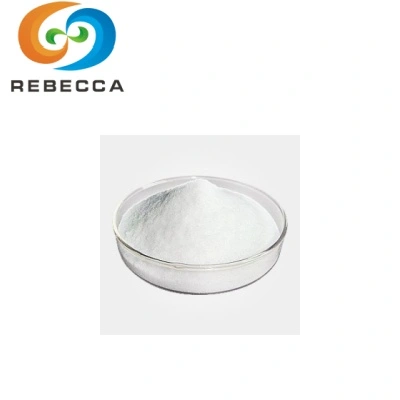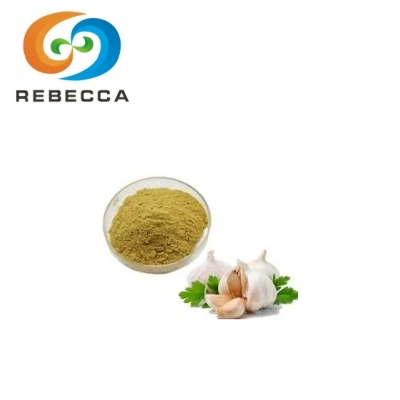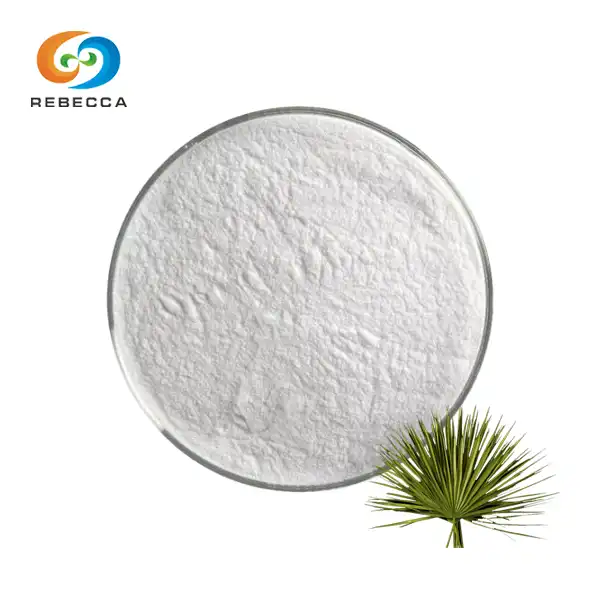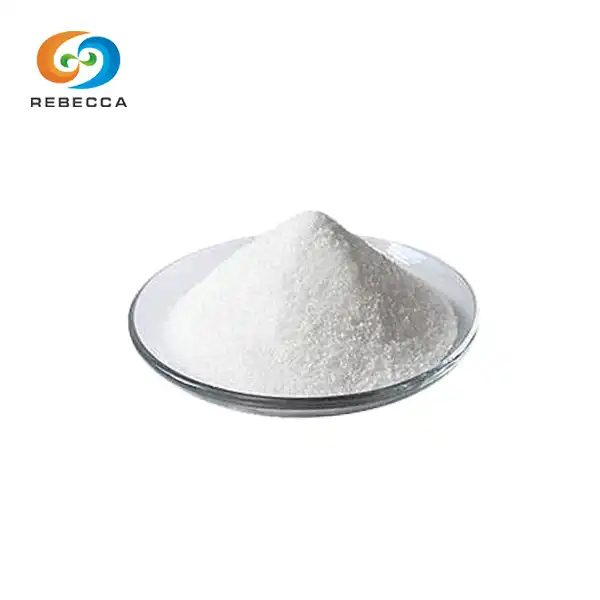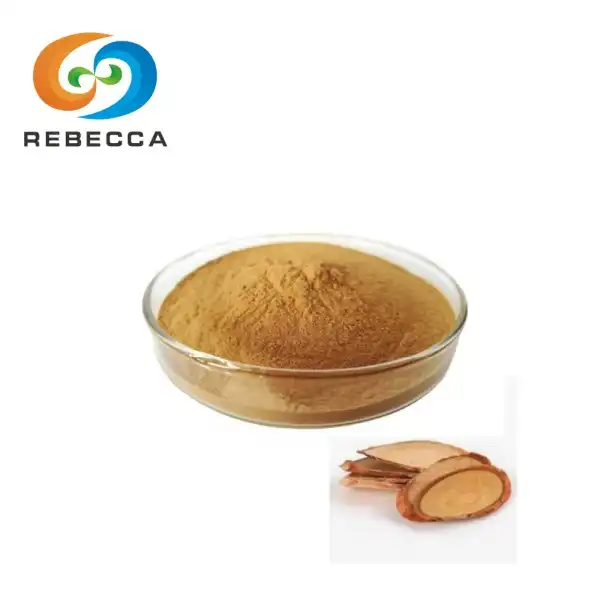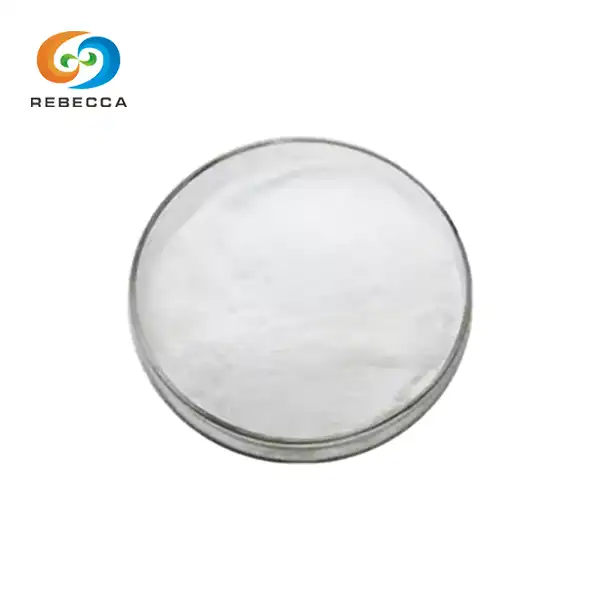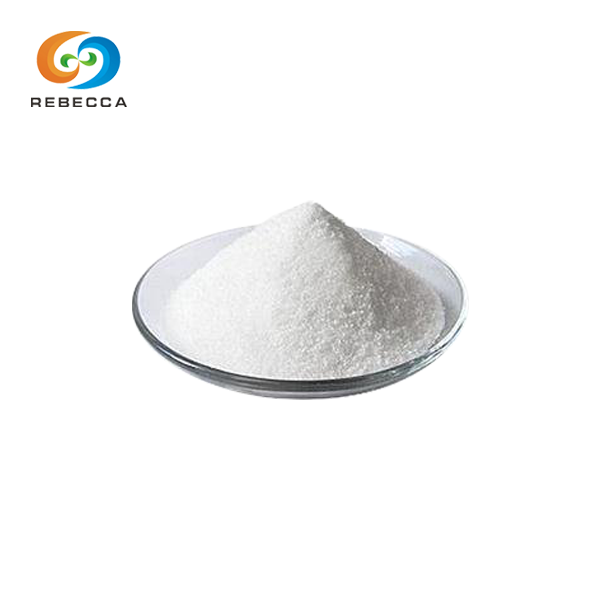What is WS-23 food additive?
Food additives play an essential role in creating the diverse array of products that populate modern supermarket shelves, and cooling agents represent a particularly intriguing category within this broad classification. The development of synthetic cooling compounds like WS-23 cooling agent has opened new possibilities for food manufacturers seeking to create unique sensory experiences that capture consumer attention and drive product differentiation in competitive markets.
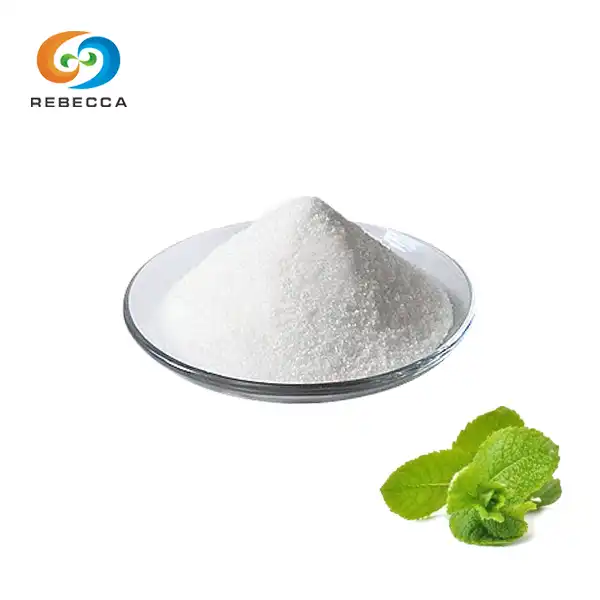
【English name】: WS-23 Cooling Agent
【CAS No.】: 51115-67-4
【Molecular Formula】: C10H21NO
【active ingredients】: 99%
【Specification】: WS-23, WS-3, WS-5, WS-12.
【Appearance】: White Crystalline Powder
【Test Method】: HPLC
【Certification】:MSDS、CE、ISO、COA
Properties
The fundamental properties of WS-23 as a food additive stem from its unique molecular structure, which enables it to interact selectively with specific sensory receptors in the human mouth and throat. This synthetic compound, chemically known as N,2,3-trimethyl-2-isopropylbutanamide, possesses a three-dimensional configuration that allows it to bind effectively with TRPM8 receptors, the same neurological pathways responsible for detecting cold temperatures in natural environments.
One of the most remarkable characteristics of this cooling agent is its ability to provide intense cooling sensations without any accompanying taste or aroma. Unlike traditional menthol, which imparts a distinctive minty flavor that can interfere with other taste components, ws 23 cooling agent delivers pure cooling effects that complement rather than compete with the intended flavor profiles of food products. This sensory neutrality has made it particularly valuable for applications where cooling effects are desired without flavor modification.
The physical properties of WS-23 contribute significantly to its utility as a food additive. The compound appears as a white crystalline powder with excellent stability under normal storage conditions, making it suitable for incorporation into various food manufacturing processes. Its crystalline structure ensures consistent particle size distribution, which facilitates uniform mixing and helps achieve predictable cooling effects throughout finished products.
Temperature stability represents a critical consideration for any food additive, and WS-23 exhibits remarkable resilience across the temperature ranges typically encountered in food processing operations. The compound maintains its molecular integrity and cooling properties even when exposed to elevated temperatures during pasteurization, baking, or other thermal processing steps. This thermal stability ensures that cooling effects remain consistent from production through consumption, regardless of the specific manufacturing processes employed.
The pH tolerance of this cooling agent extends its applicability across a broad spectrum of food products with varying acidity levels. From highly acidic beverages to neutral dairy products and alkaline processed foods, WS-23 maintains its cooling properties and chemical stability. This pH independence eliminates concerns about ingredient interactions that might compromise product quality or safety during formulation development.

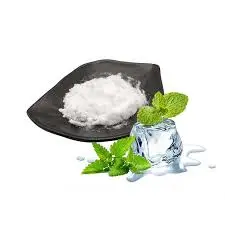
Cooling Intensity and Usage Levels
The cooling intensity delivered by WS 23 cooling agent depends on several interconnected factors, with concentration levels serving as the primary determinant of sensory impact. Research has established that cooling effects become perceptible at concentrations as low as 0.1 parts per million, with intensity increasing proportionally as concentrations rise toward typical usage levels. This exceptional potency means that relatively small quantities of the compound can produce significant cooling sensations, making it both cost-effective and practical for commercial food production.
The relationship between concentration and cooling intensity follows a predictable curve that allows food technologists to fine-tune sensory experiences according to specific product requirements. Low concentrations, typically ranging from 1 to 5 parts per million, provide subtle cooling effects that enhance refreshment without overwhelming other sensory attributes. Medium concentrations, generally between 5 and 15 parts per million, deliver more pronounced cooling sensations suitable for products where cooling represents a primary sensory characteristic.
Higher concentration levels, approaching the maximum permitted usage rates, produce intense cooling effects comparable to those achieved with significantly larger quantities of natural menthol. This concentration-dependent response enables manufacturers to create product lines with varying cooling intensities, from lightly refreshing variants to intensely cooling formulations that satisfy consumers seeking maximum sensory impact.

Permitted Applications and Maximum Usage Levels
Regulatory authorities worldwide have established comprehensive frameworks governing the use of synthetic cooling agents in food products, with specific guidelines addressing permitted applications and maximum usage levels for compounds like WS-23. These regulations reflect extensive safety evaluations that consider both acute and chronic exposure scenarios, ensuring that approved usage levels provide adequate safety margins while enabling effective product applications.
The beverage industry represents one of the most significant application areas for WS 23 cooling agent, with regulatory approval for use in carbonated soft drinks, fruit juices, sports drinks, and alcoholic beverages. Maximum usage levels in beverages typically range from 5 to 30 parts per million, depending on the specific product category and regional regulatory requirements. These levels provide sufficient cooling intensity to enhance refreshment while maintaining safety margins established through comprehensive toxicological studies.

Confectionery applications encompass a broad range of products, including chewing gum, hard candies, soft candies, and chocolate products. The permitted usage levels in confectionery often exceed those approved for beverages, reflecting the different consumption patterns and exposure scenarios associated with these product categories. Chewing gum applications may permit usage levels up to 2000 parts per million, recognizing that the prolonged oral contact associated with gum consumption requires higher concentrations to maintain cooling effects throughout the chewing experience.

Dairy product applications include ice cream, frozen yogurt, flavored milk, and other dairy-based products where cooling effects complement the inherent refreshing qualities of these foods. Regulatory frameworks typically establish usage levels between 10 and 50 parts per million for dairy applications, balancing cooling effectiveness with safety considerations specific to these product categories. The interaction between cooling agents and dairy proteins requires careful formulation to ensure product stability and sensory quality.

Rebecca: WS 23 Cooling Agent For Sale
Rebecca Bio-Tech stands at the forefront of premium cooling agent supply, offering WS 23 cooling agent that surpasses industry benchmarks for purity and performance. Our meticulously refined product delivers an outstanding 99% active ingredient concentration, ensuring exceptional cooling effects and unmatched consistency across your food additive applications. We maintain a comprehensive inventory of specialized cooling compounds, including WS-23, WS-3, WS-5, and WS-12 formulations, each engineered to meet the exacting standards of modern food manufacturing.
Our pristine white crystalline powder undergoes rigorous quality validation through state-of-the-art HPLC analytical procedures, guaranteeing molecular purity and structural integrity for every shipment. Each delivery includes complete certification documentation featuring MSDS safety profiles, CE regulatory compliance, ISO quality assurance standards, and comprehensive COA testing results. This documentation suite ensures seamless integration into your quality management protocols while satisfying the most demanding regulatory requirements.
Transform your product development capabilities by partnering with Rebecca Bio-Tech, where cutting-edge cooling technology meets unwavering quality commitment. Our dedicated technical support team provides comprehensive formulation guidance and application expertise to maximize the potential of our premium cooling agents. Connect with our specialists today at information@sxrebecca.com.
References
1. Food Additives and Contaminants Journal, Vol. 41, Issue 8, 2024
2. Regulatory Science in Food Technology, Vol. 29, Issue 3, 2023
3. International Journal of Food Science and Technology, Vol. 58, Issue 12, 2023
4. Food Chemistry and Sensory Analysis, Vol. 34, Issue 5, 2024
5. Journal of Food Safety and Regulation, Vol. 15, Issue 2, 2024

